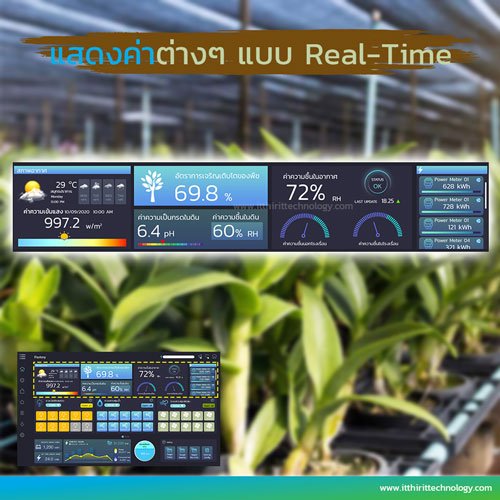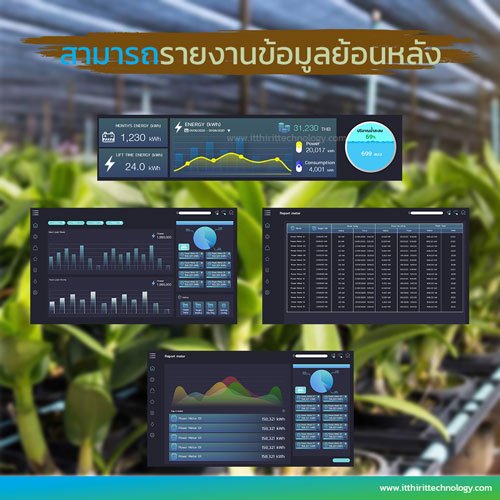In general, control systems for EVAP farms are often implemented with a step control approach. When the temperature inside the farm exceeds the setpoint (PV SV), the system commands the motors to start, typically one at a time or as per the predefined conditions. Conversely, if the temperature falls below the setpoint (PV SV), the system commands the motors to stop, usually one at a time. However, this approach has its drawbacks. 1. The temperature is not constant because starting and stopping each fan can result in temperature fluctuations of approximately 0.5-2 degrees Celsius. This can cause discomfort to the animals and is a contributing factor to respiratory diseases such as pneumonia and pulmonary edema.
1. The temperature is not constant because starting and stopping each fan can result in temperature fluctuations of approximately 0.5-2 degrees Celsius. This can cause discomfort to the animals and is a contributing factor to respiratory diseases such as pneumonia and pulmonary edema. 2. Energy is wasted due to the fans running at maximum motor speed continuously.
2. Energy is wasted due to the fans running at maximum motor speed continuously. 3. Energy is wasted during startup as starting each motor requires up to 6 times more energy than normal operation.
3. Energy is wasted during startup as starting each motor requires up to 6 times more energy than normal operation. 4. There is a risk of belt slippage during motor startup, which can result in severe jerking.
4. There is a risk of belt slippage during motor startup, which can result in severe jerking.



To address this issue, the implementation of a Smart Climate Control system is necessary. This system involves software that controls the operation of the fan to maximize efficiency, utilizing hardware components such as inverters. Inverters are commonly used devices in the industrial sector for motor speed control. They enable precise speed control, energy savings, and reduce the impact on motors during startup. This results in efficient production control.The Smart Climate Control system manages the operation of fans through inverters. When the temperature inside the farm exceeds the setpoint, the fans will start by increasing their speed until the temperature matches the setpoint. Afterward, the fans will operate at a constant speed or reduce the motor speed to maintain a steady temperature, as configured. This air circulation control, displayed on the touchscreen HMI (Human-Machine Interface), results in energy savings and optimizes fan usage.






